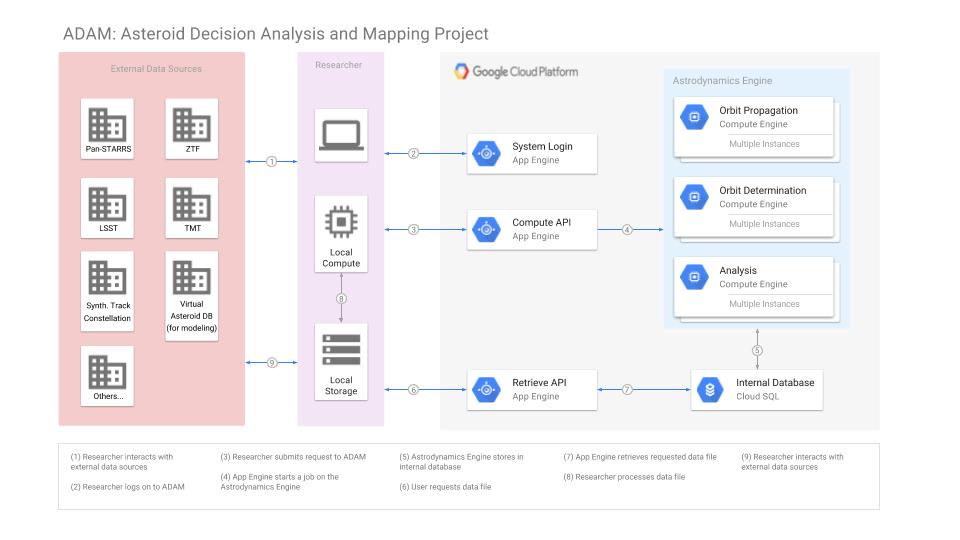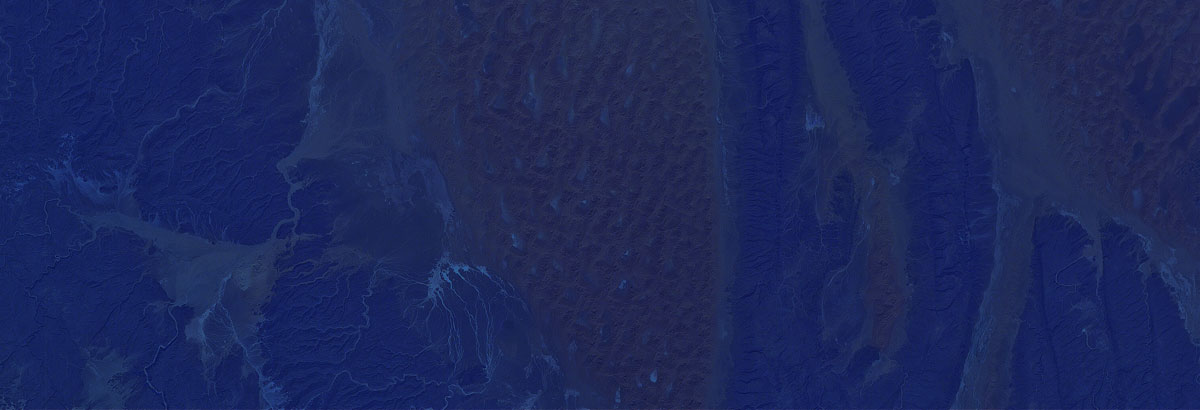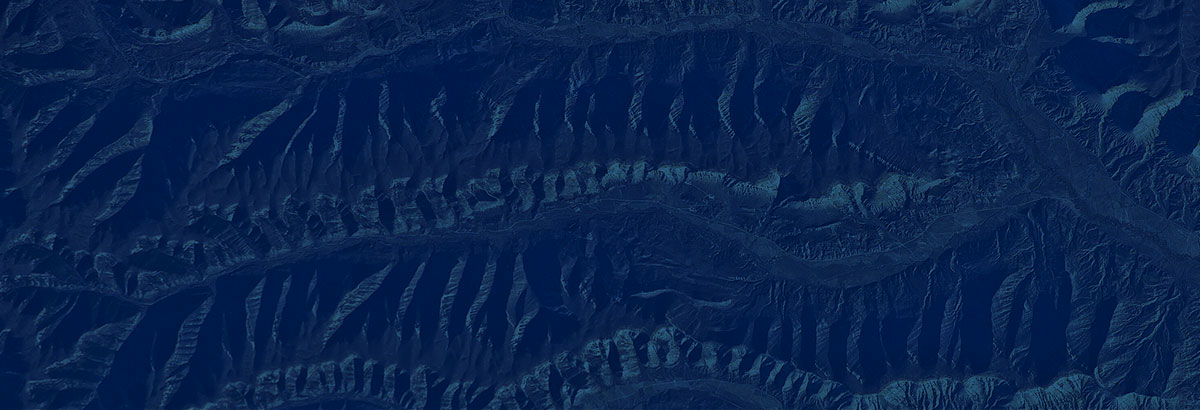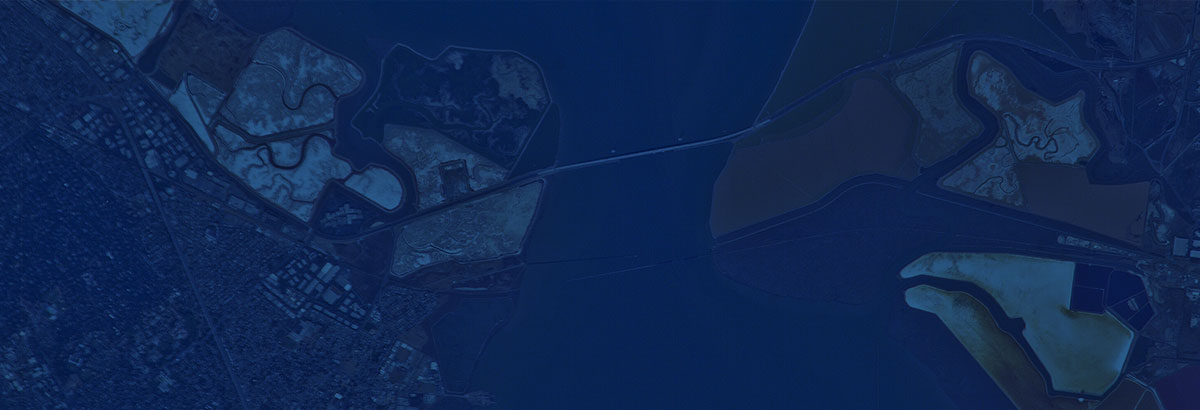Asteroid Discovery Analysis + Mapping (ADAM) | Project Update by Dr. Ed Lu
January 1, 2022
 The B612 Asteroid Institute’s Asteroid Discovery Analysis and Mapping (ADAM) project continues to make progress. The acronym for our ADAM project has also evolved (replacing Machine with Mapping). This can be summarized by an article in the Financial Times on the need for mapping the asteroids in our solar system. The process of building a map requires two things, a means of gathering the data on the locations of objects of interest, and a set of tools for accessing, analyzing, and comprehending that data.
The B612 Asteroid Institute’s Asteroid Discovery Analysis and Mapping (ADAM) project continues to make progress. The acronym for our ADAM project has also evolved (replacing Machine with Mapping). This can be summarized by an article in the Financial Times on the need for mapping the asteroids in our solar system. The process of building a map requires two things, a means of gathering the data on the locations of objects of interest, and a set of tools for accessing, analyzing, and comprehending that data.
The job of gathering the data on the location of asteroids is the work of telescopes like PanStarrs, Catalina, Linear, and hopefully, NEOcam and others. These discoveries will be greatly accelerated when the Vera C. Rubin telescope comes online in a few years. As Asteroid Institute’s work on synthetic tracking continues, we will have further acceleration of the asteroid discovery rate.

However, a map is more than just a collection of data. Which is where our ADAM project comes in. ADAM takes an enormous number of asteroid observations and makes the information actionable and extensible. By building tools for calculating orbits and trajectories, and allowing others to build upon the map with these tools (and even adding their own data), we are building the 3-dimensional dynamic map of the solar system. This platform will be key to future scientific discoveries, economic expansion, and to protecting the Earth from asteroid impacts.
Ed Lu
Co-founder, B612
Executive Director, Asteroid Institute

ADAM Southwest Research Institute workshop attendees. From left to right: John Carrico, Roger Linfield, John Troeltzsch, Michael Packard, Al Harris, Dr. Ed Lu, Friend of B612, Harold Reitsema, Marc Buie, and Clark Chapman (Image credit: Danica Remy)















